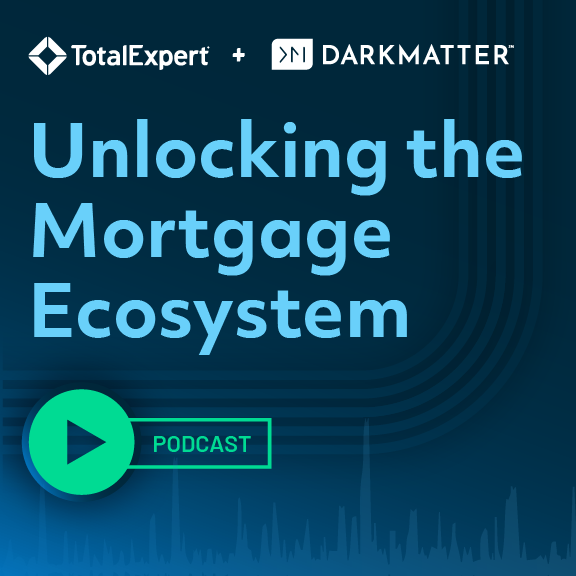These are unprecedented times. The game has changed. We have a constant flow of technological and marketing advancements, and consumer expectations continue to push the boundaries. The old adage from Henry Ford still stands true – and faster horses still won’t cut it.
“If I had asked people what they wanted, they would have said faster horses.”
– Henry Ford
These days, there is a lot of talk about intelligence and automation, but we are seeing three key digital transformation trends that every lender, bank and financial institution should have on their radar:
1) The Rise of the Personal Brand.
Individual producers and teams want to promote their personal brand to differentiate themselves in their local communities. They want their name and face embedded next to the company brand and displayed all over their community.
We commonly hear about business-to-business or business-to-consumer marketing, but these “mini brands” have forced a hybrid type of marketing: business-to-business-to-consumer. Many times this second business, or secondary brand, that has been inserted into your marketing program comes from a highly entrepreneurial person who is customizing the corporate brand with their name and likeness, and going to market with it. They are demanding more brand customization, a fluid go-to-market experience and the ability to spread their name and face all over the community.
Lenders, banks and financial institutions are now challenged to empower these mini brands while protecting the corporate brand, staying compliant and growing revenue.
2) Creating Customers for Life.
In recent years, mortgage loan officers (MLOs) have been refinancing the same family over and over again, proving that mortgage, banking and financial services are relationship-based industries. Producers can be so much more profitable if they are able to earn multiple transactions from one person – minimizing the data gathering and discovery phase alone means more time focused on servicing current needs. These long-standing relationships are also vital to generating referrals, enabling new relationships to start more efficiently rather than relying primarily on developing new relationships and new clients.
Lenders, banks and financial institutions are finding that technology helps them automate the process of cultivating customers for life – while designing a customer experience that is tailored to their brand and compliance needs.
3) Marketing Operating Systems.
Marketing is so much more than just sales support. As a function, Marketing manages all the touchpoints to the market through branding, customer communication and lead generation. With the advent of a multitude of digital marketing channels, the complexity of marketing has grown exponentially, particularly in highly regulated, already complex industries.
Enter the need for technology and automation. A Marketing Operating System (MOS) is a robust tool that manages lead generation, lead scoring and all marketing activity in a single platform. In addition, specifically for financial organizations, it is critical to have a MOS with built-in compliance tracking features and the ability to co-market with partners.
As our Total Expert team has traveled the country working with lenders, banks and financial institutions, we have found repeatable and scalable models for sales, marketing and compliance organizations – and we’re on a mission to share best practices across the industry.
We recently hosted our first Innovation Leadership Council in Newport Beach, California, where leaders from some of the top financial organizations gathered to share ideas. Follow our blog to learn more.


